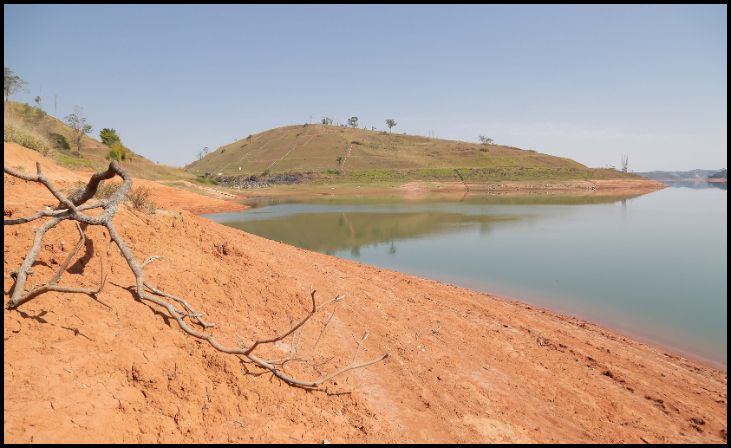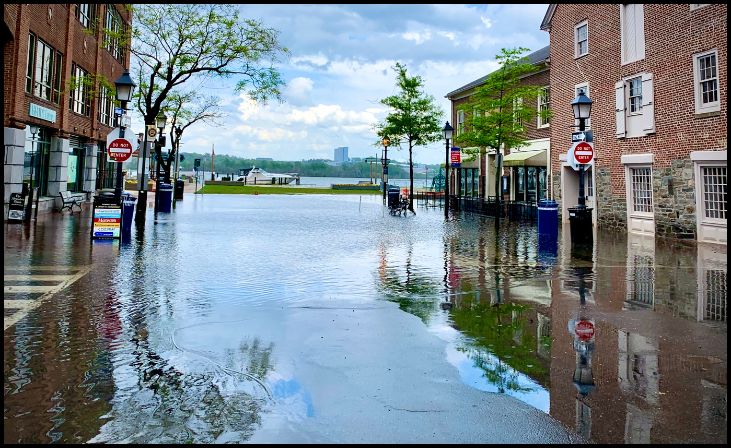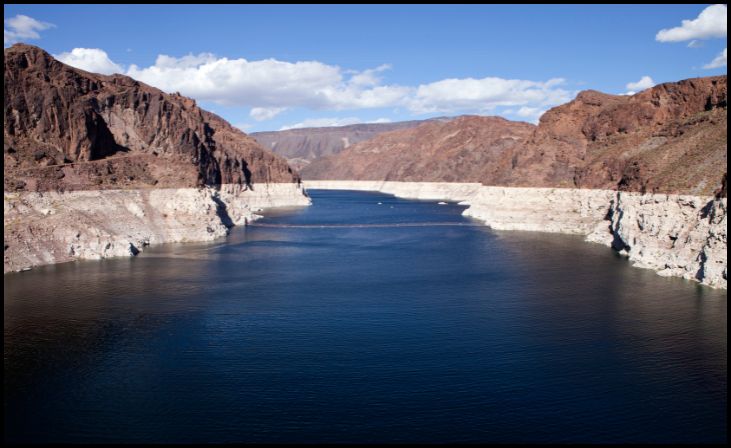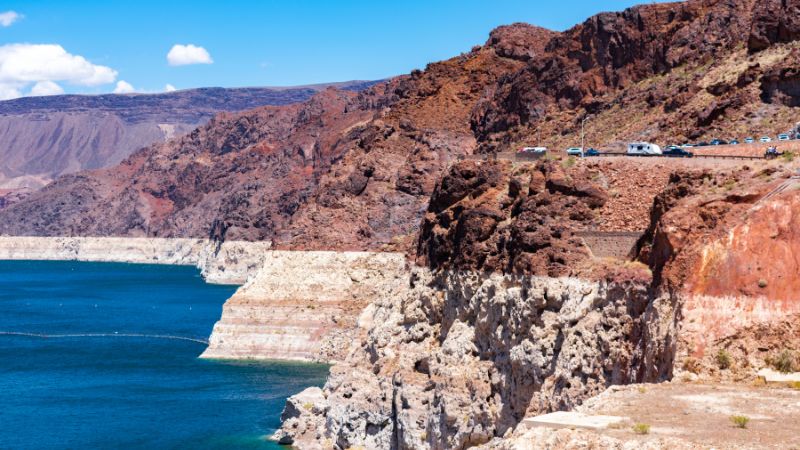Lake Mead, the largest reservoir in the United States, is facing a crisis of unprecedented proportions. The water levels of this iconic lake, which serves as a crucial water source for millions of people in the southwestern United States, are changing at a rate not seen in years. This alarming trend has far-reaching implications for the environment, economy, and livelihoods of countless individuals and communities that depend on Lake Mead for water supply.
Understanding the Importance of Lake Mead
Before delving into the current challenges facing Lake Mead, it’s essential to understand why this body of water holds such immense significance. Located on the Colorado River, straddling the border between Nevada and Arizona, Lake Mead plays a vital role in water supply, hydropower generation, and recreational activities for the region. It provides water for agriculture, urban consumption, and industries in states like Nevada, Arizona, California, and even parts of Mexico.
The Impact of Dwindling Water Levels

Recent years have witnessed a dramatic decline in Lake Mead’s water levels, attributed to a combination of factors such as prolonged drought, increased water demand, and climate change. The consequences of this decline are manifold and pose significant challenges for both the environment and society.
Environmental Implications
The shrinking water levels of Lake Mead have severe environmental repercussions. As the lake’s surface area decreases, habitats for fish and other aquatic species diminish, leading to declines in biodiversity. Furthermore, reduced water levels exacerbate water quality issues, as higher concentrations of pollutants become concentrated in less water volume, posing threats to both wildlife and human health.
Economic Challenges

The economic ramifications of dwindling water levels in Lake Mead are profound. The agricultural sector, which heavily relies on water from the Colorado River for irrigation, faces uncertainties and potential losses. Reduced water allocations could lead to decreased crop yields, higher production costs, and ultimately, financial strain for farmers and ranchers.
Moreover, the tourism industry, which thrives on recreational activities such as boating, fishing, and sightseeing around Lake Mead, may suffer as water levels decline. A shrinking lake not only detracts from the scenic beauty that attracts tourists but also limits access to certain areas, dampening the visitor experience and impacting local businesses that depend on tourism revenue.
Water Supply Concerns
Perhaps the most pressing issue stemming from the diminishing water levels of Lake Mead is the threat to water supply security. As the primary water source for millions of people in the southwestern United States, any significant decrease in Lake Mead’s water levels poses a direct risk to municipal water supplies, industrial operations, and household consumption.
Water shortages could force water utilities to implement strict conservation measures, such as mandatory water restrictions and increased water prices, to manage dwindling supplies. Additionally, stakeholders may need to explore alternative water sources, invest in water recycling and desalination technologies, or enact more robust water management policies to mitigate the impacts of a shrinking Lake Mead.
Policy Responses and Adaptation Strategies

Addressing the challenges posed by the changing water levels of Lake Mead requires a multifaceted approach that combines short-term interventions with long-term sustainability measures. Governments, water agencies, and stakeholders must collaborate to develop and implement effective policies and adaptation strategies.
Short-term measures may include emergency water conservation measures, such as incentivizing water-efficient practices, repairing leaky infrastructure, and implementing drought contingency plans. Additionally, stakeholders can explore temporary water transfers and exchanges to optimize water usage and minimize shortages during periods of scarcity.
In the long term, investments in water infrastructure, such as reservoir expansion, groundwater recharge projects, and water recycling facilities, can enhance water supply resilience and mitigate the impacts of fluctuating lake levels. Furthermore, promoting water conservation and sustainable land use practices can help reduce demand for water, alleviating pressure on Lake Mead and other water sources in the region.
Conclusion
The rapid changes in water levels observed in Lake Mead serve as a stark reminder of the challenges posed by climate change and unsustainable water management practices. Addressing these challenges requires collective action, innovative solutions, and a commitment to sustainability from all stakeholders.
By prioritizing water conservation, investing in infrastructure upgrades, and implementing effective policies, we can safeguard the future of Lake Mead and ensure reliable water supplies for generations to come. Only through concerted efforts can we mitigate the impacts of dwindling water levels and build a more resilient and sustainable water future for the southwestern United States.



